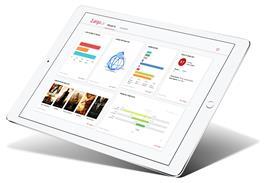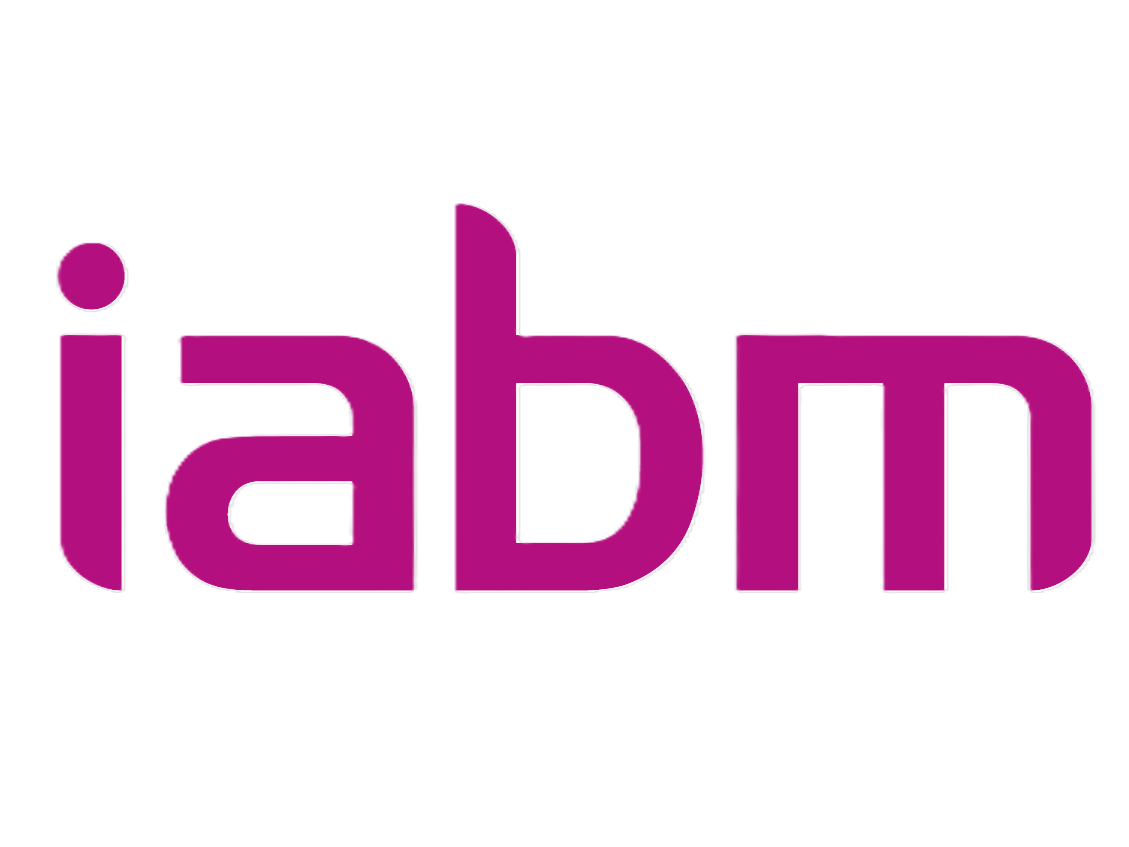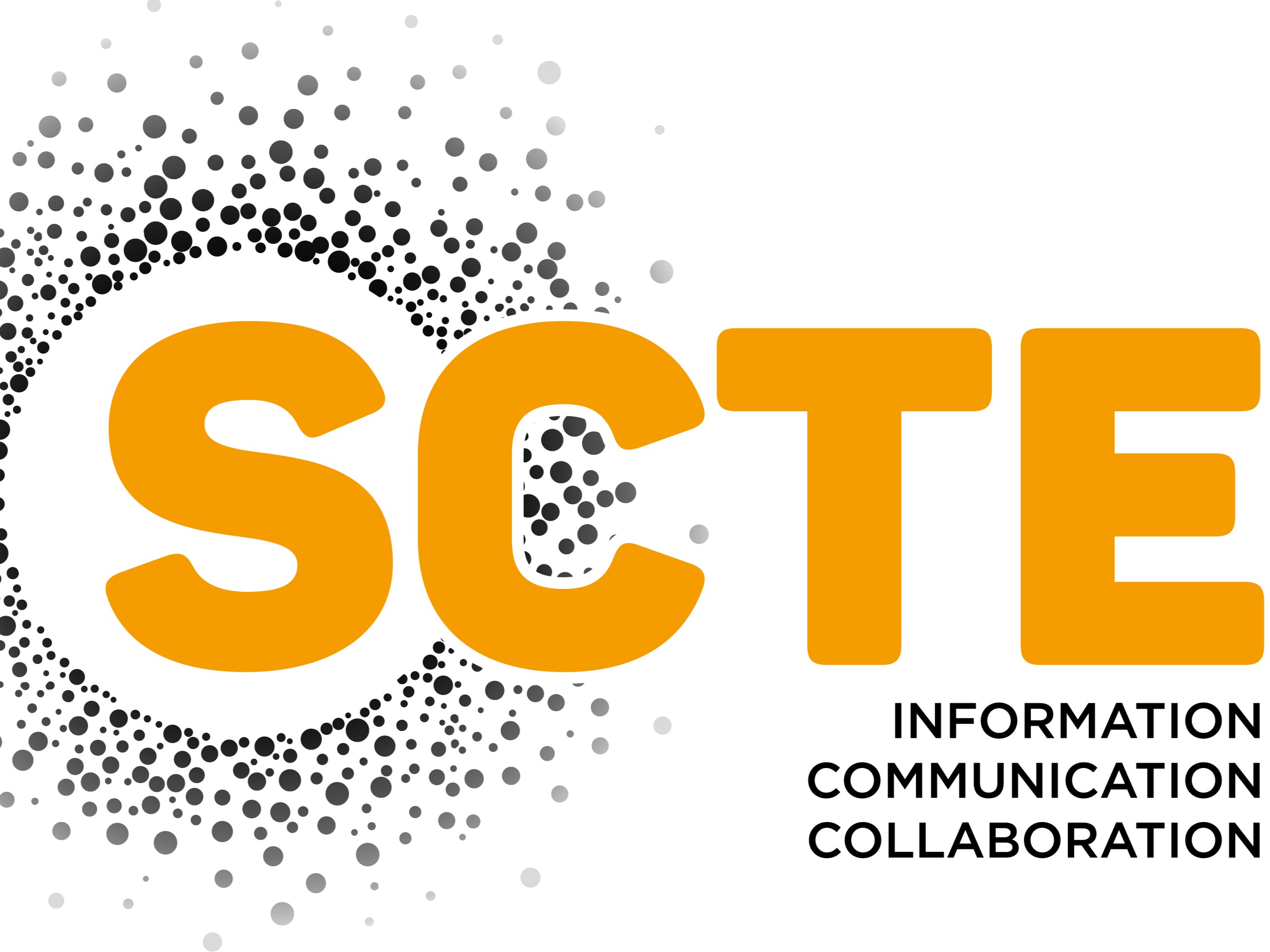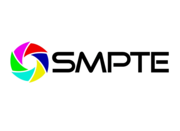All Webinars & papers articles – Page 16
-
 Technical Papers
Technical PapersUsing IMF for international distribution: What does that mean?
Speed reading can often lead to misinterpretation. The title of this paper, “USING IMF FOR INTERNATIONAL DISTRIBUTION”, is intentionally ambiguous, hence the subtitle WHAT DOES THAT MEAN? Assuming that you interpret IMF as SMPTE’s Interoperable Mastering Format (1), the ambiguity comes from the word using.
-
 Technical Papers
Technical PapersTV Insights – Application of Big Data to television
The advent of the Internet and the resulting volume of data that needs to be managed, stored, and analysed led to the emergence of modern day Big Data technologies.
-
 Technical Papers
Technical PapersCoexistence between LTE and DTT – practical experience following the clearance and relicensing of 800 MHz spectrum in the UK
An interference mitigation programme is underway in the UK and this has led to an improved understanding of real-world TV reception and interference prediction and mitigation.
-
 Technical Papers
Technical PapersA 'display independent' High Dynamic Range television system
With improvements in technology, television with greater impact, more “presence”, deeper “immersion”, a “wow factor”, or, in short, better pictures, is now possible.
-
 Technical Papers
Technical PapersPassing the tuning test: providing cable-equivalent ad-supported linear programming using MPEG DASH
An ever-growing share of US consumers uses OTT for viewing live content, such as sports events, while the vast majority is still served using traditional distribution methods, such as cable, satellite, IPTV and terrestrial broadcast.
-
 Technical Papers
Technical PapersQuality-aware HTTP adaptive streaming
In an HAS system, a single master high-quality video source is transcoded into several streams, each with a different bitrate and/or resolution.
-
 Technical Papers
Technical PapersBridget: An approach at sustainable and efficient production of second screen media applications
Current second screen applications let users enjoying broadcast programmes access related information on other – typically internet-connected – devices.
-
 Technical Papers
Technical PapersUHD inter-codec interference in real life production chain
We are witnessing today the big shifting of audio-visual professionals towards Beyond HD resolutions.
-
 Technical Papers
Technical PapersReverse engineering emotions in an immersive audio mix format
A lot has been written about the techniques and methods employed in creating a stereo mix or mix for music.
-
 Technical Papers
Technical PapersHDR for legacy displays using sectional tone mapping
One of the main goals of future television is to create a more immersive experience. The viewer should get the feeling that he or she is inside the action.
-
 Technical Papers
Technical PapersImage adaptation requirements for High Dynamic Range video under reference and non-reference viewing conditions
High Dynamic Range video (HDR) is a relatively new technique which allows the content producer to more accurately reproduce an image without the suppression of highlights usually associated with conventional video.
-
 Technical Papers
Technical PapersA single layer HDR video coding framework with SDR capability
The arrival of the High Efficiency Video Coding (HEVC) standard enables the deployment of new video services with enhanced viewing experience, such as Ultra HD broadcast services. In addition to an increased spatial resolution, Ultra HD can bring a wider colour gamut (WCG) and a higher dynamic range (HDR) than ...
-
 Technical Papers
Technical PapersJust-in-time prepared captioning for live transmissions
Over the last 30 years the volumes of ‘SDH’ captioning (Subtitles for the Deaf and Hard of Hearing), both live and pre-recorded, have increased considerably across the globe.
-
 Technical Papers
Technical PapersDASH in ATSC 3.0: Bridging the gap between OTT and broadcast
ATSC 3.0 revolutionizes TV broadcast distribution. For the first time, a hybrid system is designed from day 1 in order to support broadcast and broadband distribution in an integrated manner and to target different receiver platforms.
-
 Technical Papers
Technical PapersImproving live performance in HTTP adaptive streaming systems
While HTTP adaptive streaming (HAS) technology has been very successful in delivering stable over-the-top video experiences at large scale, the technology has a number of important limitations as well.
-
 Technical Papers
Technical PapersHigh Dynamic Range subjective testing
UHD televisions are now retailing in significant numbers, and UHD services are starting to appear in the market.
-
 Technical Papers
Technical PapersReal time cross-mapping of High Dynamic Range images
Broadcast production today utilises a single colour volume workflow, as majority of footage is captured in one format: SDR (gamma non-linear curve and ITU-R BT.709 (1) colour primaries).
-
 Technical Papers
Technical PapersVideo translation: Weaving synthetic voices into the multilingual production workflow
The plethora of digital platforms makes information available in a great number of languages, and the expectation of audiences to be able to consume media in their own languages is growing.
-
 Technical Papers
Technical PapersAdvantages and challenges of a vast server-side video advertising solution
Video advertising is still one of the leading approaches with which content and service providers can monetize video content.
-
 Technical Papers
Technical PapersBest practices for OTT dynamic ad insertion
With the streaming format wars in the rear view mirror, HAS, specifically Apple’s HTTP Live Streaming (HLS) and the Dynamic Adaptive Streaming over HTTP (MPEG DASH) specifications now allow for the efficient, scalable delivery of media content globally from conventional HTTP servers.

















